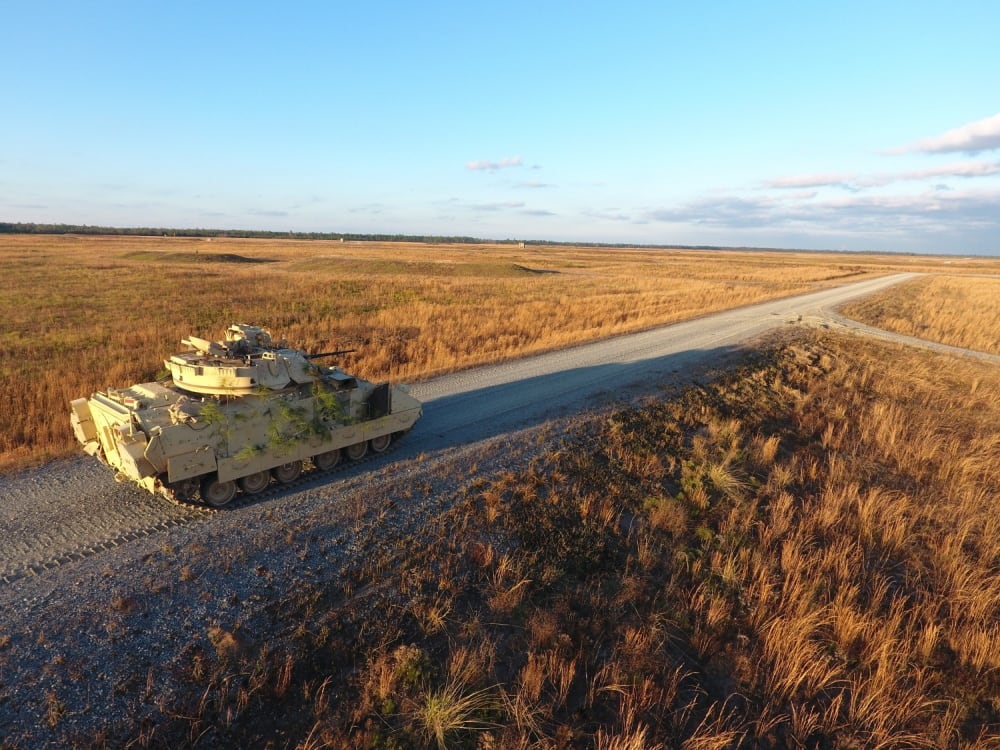The Army is standing up a new modernization command for the express purpose of efficiently developing capabilities and capacity, and it’s going to need seasoned officers and plenty of soldier input to keep it running, Acting Army Secretary Ryan McCarthy said this week at the AUSA annual meeting in Washington, D.C.
The idea is to keep war fighters closer to the process, while bringing the right experience and perspective to fuse the requirements and acquisitions process, he said.
“The technical community being closer to the war fighter is the goal,” he said. “Ultimately, you have these post-brigade combat team leaders [heading up programs] because they know how all the pieces come together.”
RELATED

McCarthy said they’ll also be looking for officers and NCOs who’ve completed a training with industry gig or technical master’s degree programs to bring their wide experience to the table.
Those soldiers who are coming from operational units will have the best idea of what soldiers need.
“They can say, ‘If you want it bad, here’s how much it costs, here’s how much schedule you lose,’“ McCarthy said. “And that’s where the bifurcated nature of the process today is like the 4 x 100 relay team — the baton just keeps getting handed off.”
These post-command leaders will follow a program from requirements to experimentation and prototyping, so that the capability’s goals stay consistent.
For continuity, McCarthy said, his office is looking at extending tours on a program management team to three or four years, as well as giving those who complete one an edge at promotion boards.
It will be up to Lt. Gen. Edward Cardon, who is heading up the modernization command task force, to hammer out exactly how the command will run, but McCarthy offered his experience in special operations as a good model.
“In my previous life, whether it was [the office of secretary of defense] or the defense industry, I was always encouraged with getting the operator community on a production line, on a tarmac, so they can actually get out there and physically work the configurations,” McCarthy said.
U.S. Special Operations Command has already fused its program management community with operational units, where soldiers are involved with identifying and scouting new gear and capabilities, “and they just solve problems constantly,” McCarthy said.
“It made life so much easier, because they can tell you with precision what they need and you can make the trade-offs right there,” he said. “It’s trying to scale that type of behavior.”
Meghann Myers is the Pentagon bureau chief at Military Times. She covers operations, policy, personnel, leadership and other issues affecting service members.








